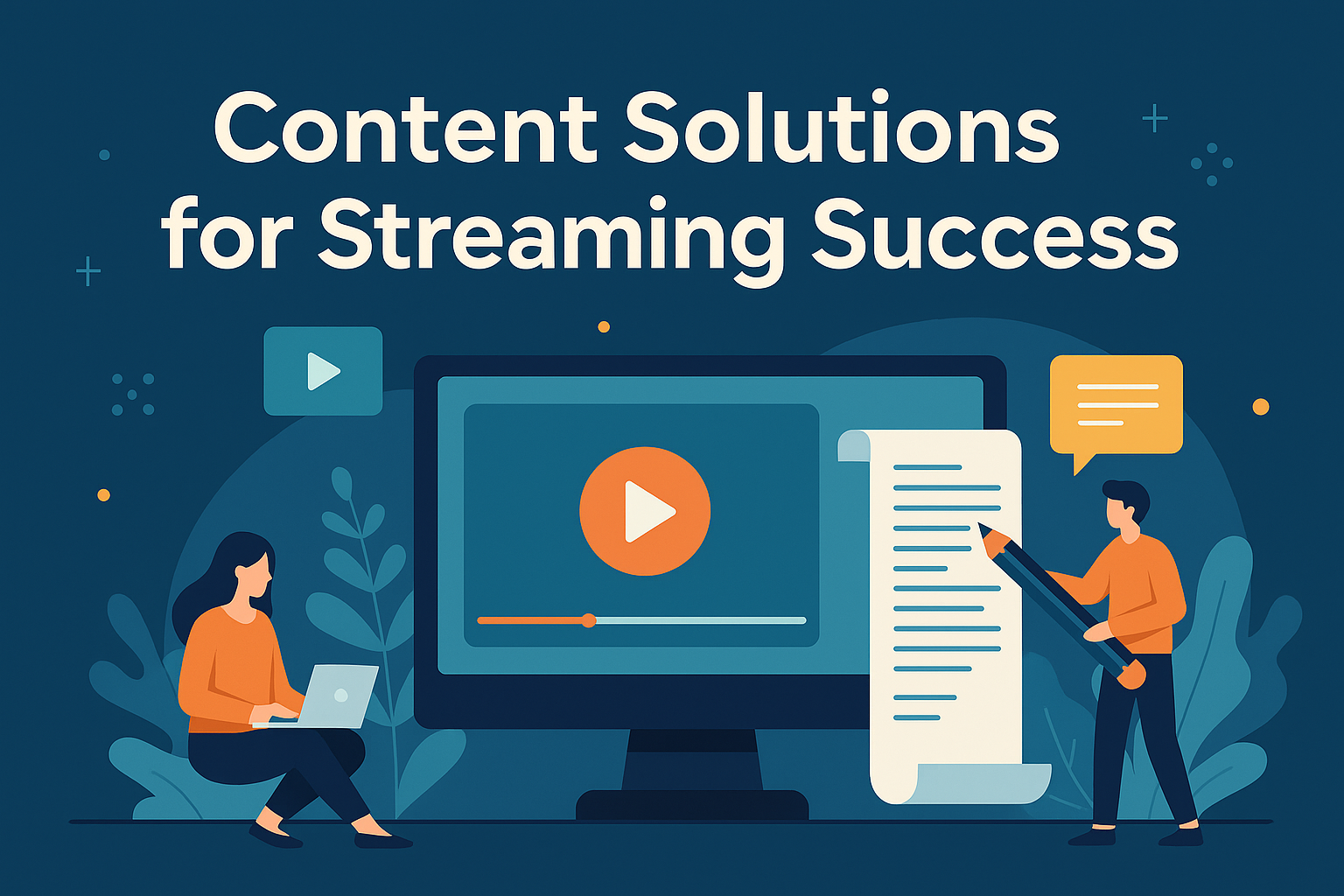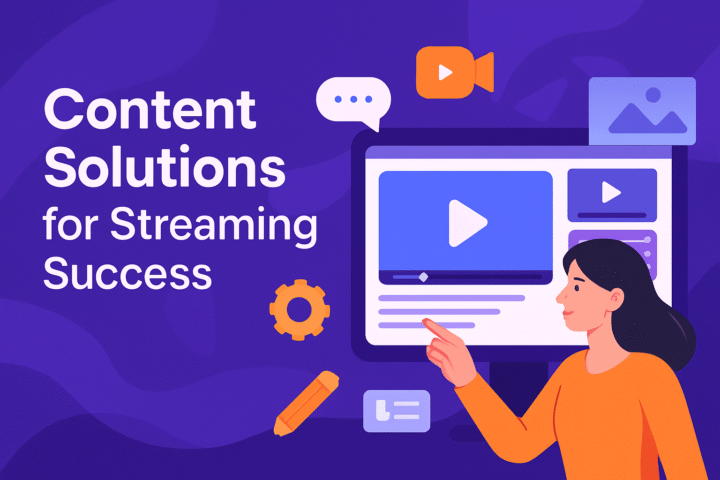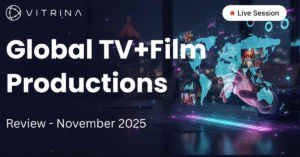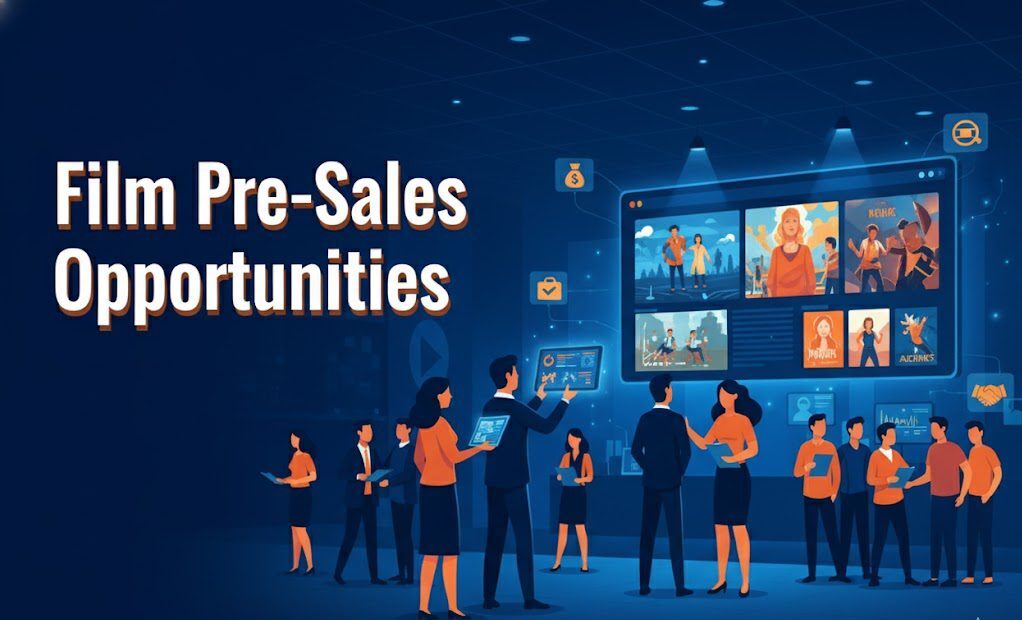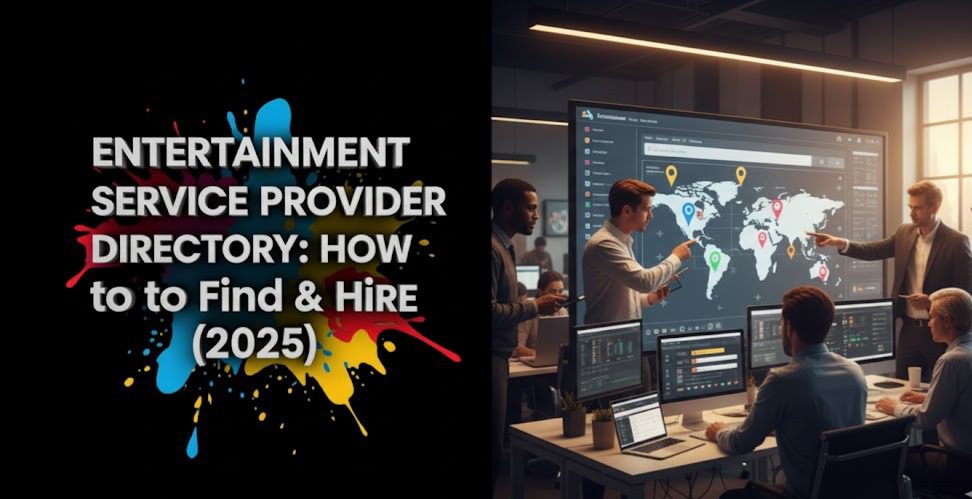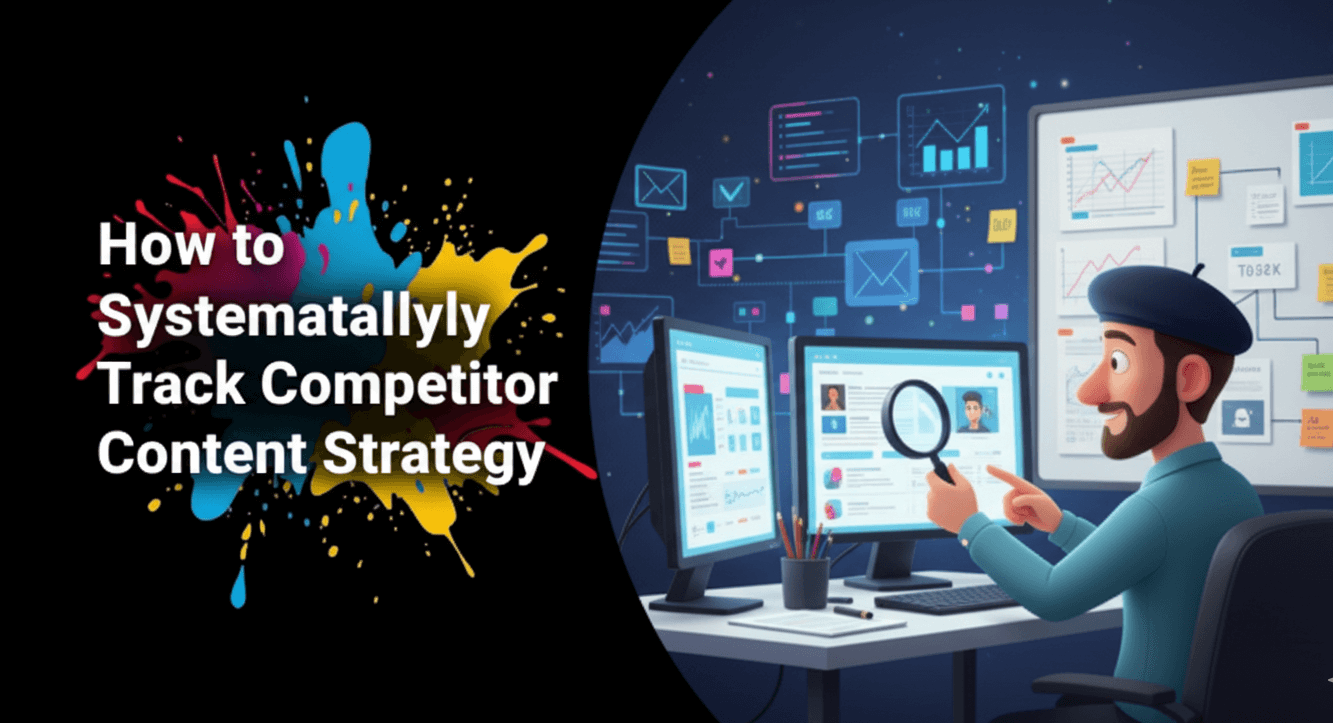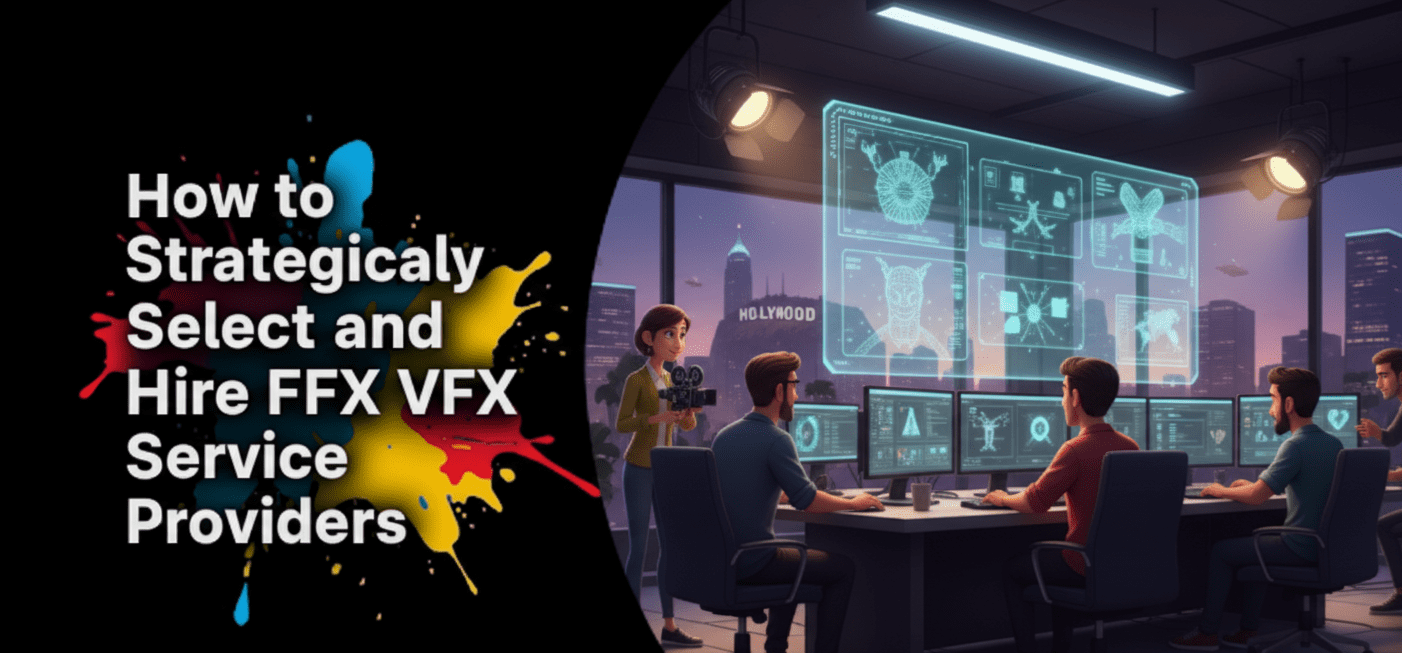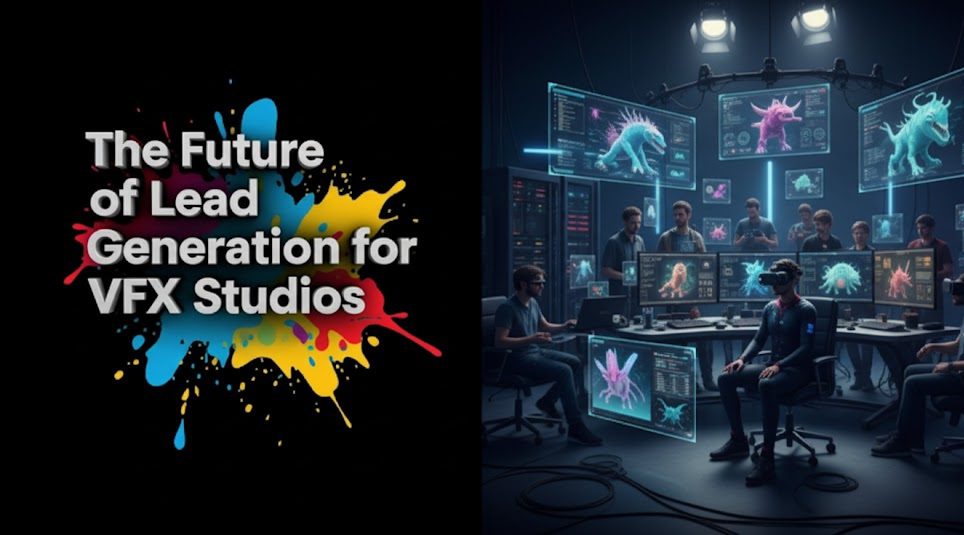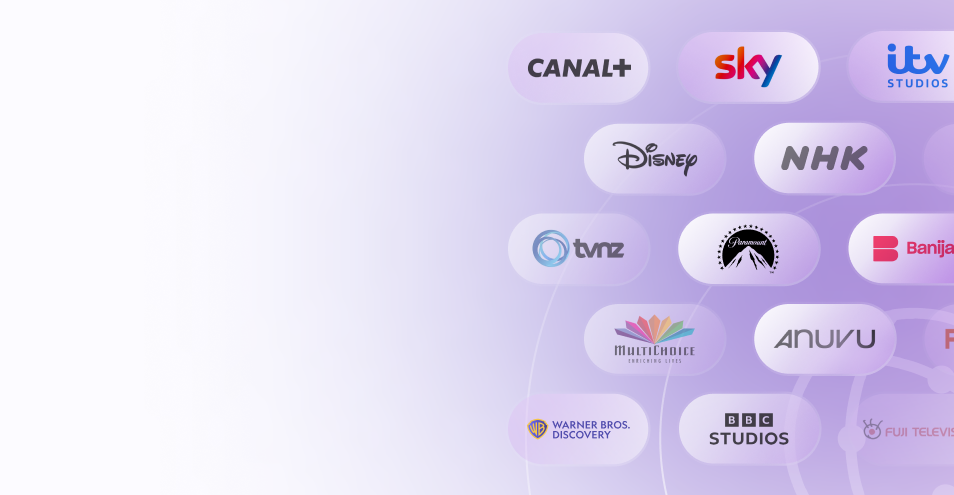Introduction
Hey there, media professionals and aspiring platform owners! In a world where viewers want to watch what they want, when they want, robust VOD content solutions are the backbone of any successful streaming service. Whether you’re launching a new Video On Demand (VOD) platform or looking to enhance an existing one, understanding the landscape of available solutions is key.
This article will unpack what VOD content solutions entail, from sourcing and managing content to delivering it seamlessly to your audience. We’ll explore the different types of solutions, their benefits, and how they can help you build a compelling and profitable VOD offering. Let’s dive into the world of on-demand entertainment!
Key Takeaways
| Aspect | Description |
|---|---|
| Definition | VOD content solutions encompass the range of services, technologies, and strategies used to acquire, manage, distribute, and monetize video content for on-demand viewing. |
| Core Purpose | To enable businesses to deliver a high-quality, engaging, and reliable VOD experience to their target audience. |
| Key Components | Content acquisition/licensing, content management systems (CMS), encoding/transcoding, content delivery networks (CDN), digital rights management (DRM), and analytics. |
| Main Benefits | Flexibility for viewers, global reach, diverse monetization options, and rich data insights for content strategy refinement. |
| Considerations | Choosing scalable solutions, ensuring content security, optimizing for user experience, and understanding market content availability via platforms like Vitrina. |
Need to Optimize Your VOD Content Strategy?

Understanding the Core Components of VOD Content Solutions
To truly grasp VOD content solutions, we need to look under the hood at the key parts that make them work. These components work together like a well-oiled machine to deliver that seamless on-demand experience viewers expect. From where the content comes from to how it’s protected, each piece is vital.
Content Acquisition and Licensing: Sourcing your VOD library.
This is where it all begins: the content itself! Your VOD library is your main attraction. Content acquisition can happen in several ways:
- Licensing Existing Content: This involves striking deals with movie studios, TV networks, distributors, or independent filmmakers to get the rights to stream their content for a specific period and in specific territories. This is a complex area involving negotiations and understanding rights availability – something that Vitrina can help shed light on by showing what content is available where.
- Producing Original Content: Creating your own exclusive movies, series, or shows. This can be a major differentiator but is often expensive and time-consuming.
- Aggregating User-Generated Content (UGC) or Niche Content: Some platforms focus on content from individual creators or highly specific niches.
A key part of your VOD content solutions is having a strategy for building and refreshing your library to keep it appealing.
Content Management Systems (CMS) for VOD: Organizing and delivering content.
Once you have content, you need a way to manage it. A Content Management System (CMS) specifically designed for video is crucial. This isn’t just a digital filing cabinet; a VOD CMS helps you:
- Ingest and Store Content: Upload video files, along with associated metadata (titles, descriptions, cast, genres, artwork).
- Organize and Categorize: Structure your library so users can easily browse and find content.
- Manage Metadata: Ensure all information is accurate and optimized for search and discovery.
- Schedule Releases: Control when content becomes available or expires.
- Integrate with Other Systems: Connect with encoding services, DRM providers, and CDNs.
A good CMS is the control center for your VOD operation, making complex workflows manageable within your overall VOD content solutions package.
The role of transcoding, DRM, and CDNs in seamless VOD delivery.
These three technical amigos are essential for a good viewing experience and content protection:
- Transcoding/Encoding: Video files need to be converted (transcoded) into various formats and bitrates to ensure they play smoothly on different devices (smart TVs, phones, tablets, laptops) and across varying internet speeds. This is called Adaptive Bitrate Streaming (ABR).
- Digital Rights Management (DRM): This technology protects your content from piracy and unauthorized copying or distribution. Common DRM systems include Google Widevine, Apple FairPlay, and Microsoft PlayReady. It’s a critical component for most premium VOD content solutions.
- Content Delivery Network (CDN): A CDN is a geographically distributed network of servers. By caching your video content on servers closer to your end-users, CDNs reduce latency (buffering) and ensure fast, reliable streaming, even during peak demand.
Without these, your viewers might face buffering, poor quality, or your valuable content could be easily stolen.
| Core Component | Primary Function in VOD Solutions | Benefit to VOD Platform |
|---|---|---|
| Content Licensing Strategy | Secures rights to a diverse and appealing content library. | Attracts and retains subscribers. |
| Video CMS | Manages all aspects of content: metadata, storage, scheduling. | Efficient operations and improved discoverability. |
| Transcoding Service | Creates multiple video versions for different devices/speeds. | Ensures optimal viewing experience for all users. |
| DRM Protection | Encrypts content to prevent unauthorized access/piracy. | Secures content owner investments. |
| CDN Integration | Distributes content globally with low latency. | Smooth, buffer-free playback worldwide. |
Exploring Different Types of VOD Content Solutions
VOD content solutions aren’t one-size-fits-all. Depending on your needs, budget, and technical expertise, you might opt for different approaches. From building everything yourself to using an all-in-one platform, understanding these types can help you make the right choice for your VOD venture.
Turnkey VOD platforms vs. custom-built solutions: Pros and cons.
When setting up a VOD service, you generally have two main paths:
Turnkey VOD Platforms (or SaaS VOD solutions):
- Pros: These are ready-to-use platforms offered by third-party providers. They typically include all core components (CMS, player, CDN, basic DRM, monetization tools) in one package. They are faster to launch, often more cost-effective upfront, and require less technical expertise as the provider handles an infrastructure. Good for getting to market quickly.
- Cons: Less flexibility and customization compared to custom builds. You might be limited by the platform’s features and roadmap. Transaction fees or revenue sharing might apply.
Custom-Built VOD Solutions:
- Pros: Complete control and flexibility to design every aspect of your VOD service to your exact specifications. You can integrate best-of-breed components from different vendors. Highly scalable and can be tailored to unique business models.
- Cons: Significantly higher upfront cost and longer development time. Requires a skilled development team and ongoing maintenance. More complex to manage.
The choice depends on your specific goals. A small niche service might prefer a turnkey solution, while a large media company might opt for a custom build to fully realize its vision for its VOD content solutions.
Understanding different VOD monetization models: SVOD, AVOD, TVOD.
As mentioned earlier, how you make money is a core part of your VOD strategy, and the solutions you choose need to support your model:
- SVOD (Subscription Video On Demand): Users pay a recurring fee for unlimited access. Solutions need robust subscriber management, payment gateway integration, and often strong DRM for premium content.
- AVOD (Advertising-Supported Video On Demand): Content is free to watch, supported by ads. Solutions need ad-server integration, tools for ad insertion (CSAI/SSAI), and analytics to track ad performance.
- TVOD (Transactional Video On Demand): Users pay per view or for a limited rental period. Solutions need secure payment processing for individual transactions and often stricter DRM for early window content.
Many VOD content solutions providers offer platforms that can support one or more of these models, or even hybrid approaches (e.g., a basic free tier with ads and a premium ad-free subscription tier).
Specialized VOD solutions for enterprise, education, and niche markets.
VOD isn’t just for Hollywood blockbusters. Many specialized VOD content solutions cater to specific industries:
- Enterprise VOD: For internal training, corporate communications, marketing, and virtual events. These solutions often emphasize security, analytics, and integration with other business tools.
- Educational VOD: For schools, universities, and online course providers. Features might include interactive elements, progress tracking, and integration with Learning Management Systems (LMS).
- Niche Markets: For specific interests like fitness, faith-based content, arts, independent films, etc. These solutions might offer community features, specialized content discovery tools, and targeted marketing capabilities. For example, a platform focusing on rare international films would need robust metadata capabilities for different languages and cataloging obscure titles, an area where insights from Vitrina’s Project Tracker on film availability could be indirectly beneficial.
These specialized solutions often have features tailored to the unique needs of their target users, making them more effective than generic VOD platforms for those specific use cases.
| Solution Type | Best For | Key Feature Example |
|---|---|---|
| Turnkey SaaS VOD Platform | Quick launch, smaller budgets, less technical teams. | Out-of-the-box branded apps. |
| Custom-Built VOD Solution | Large scale, unique requirements, full control needed. | Highly customized recommendation engine. |
| AVOD-focused Solution | Free content offerings, maximizing reach. | Server-Side Ad Insertion (SSAI). |
| Educational VOD Solution | Online learning, training providers. | Interactive quizzes within videos. |
Choosing the Right VOD Content Solutions for Your Business
Selecting the ideal VOD content solutions for your needs is a critical decision. It’s not just about features; it’s about finding a partner or a set of tools that align with your business goals, budget, and technical capabilities. Let’s look at some factors to consider to make an informed choice.
Key factors to consider: Scalability, security, user experience, and cost.
When evaluating VOD content solutions, keep these four pillars in mind:
- Scalability: Can the solution grow with your audience and content library? You don’t want to be stuck with a system that can’t handle success. Look for cloud-based solutions that can scale resources up or down as needed.
- Security: How well does the solution protect your valuable content from piracy (DRM) and your platform from cyber threats? Data privacy for your users is also crucial.
- User Experience (UX): The solution should enable you to create a VOD service that is easy to use, visually appealing, and offers excellent playback quality. This includes fast loading times, intuitive navigation, and effective content discovery.
- Cost: Understand the full cost structure – setup fees, monthly charges, per-subscriber fees, bandwidth costs, transaction fees, etc. Compare this against your budget and projected revenue. Don’t just go for the cheapest; consider the value and potential ROI.
Integrating VOD solutions with existing workflows and technologies.
Your VOD service likely won’t exist in a vacuum. Consider how well the VOD content solutions can integrate with other systems you use or plan to use:
- Marketing Automation Tools: For promoting your content and engaging with subscribers.
- Customer Relationship Management (CRM) Systems: For managing user data and support.
- Analytics Platforms: For deeper insights into user behavior beyond what the VOD solution offers.
- Payment Gateways: Ensuring compatibility with your preferred payment processors.
- Content Provider APIs: For automating content ingestion if you’re licensing from multiple sources.
Smooth integration capabilities can save you a lot of headaches and manual work down the line. Look for solutions that offer robust APIs and pre-built integrations.
The importance of analytics and data in optimizing VOD performance.
Data is king in the VOD world. Your chosen VOD content solutions should provide comprehensive analytics, or easily integrate with third-party analytics tools. You need data to understand:
- What content is popular: To inform your acquisition and production strategy.
- User engagement patterns: How long do people watch? When do they drop off?
- Subscriber churn reasons: Why are people leaving?
- Effectiveness of promotions: Which marketing efforts are driving views or sign-ups?
- Device and platform usage: Where are your users watching?
Without this data, you’re essentially flying blind. Good analytics empower you to make informed decisions to optimize your content library, user experience, and marketing efforts, ultimately improving your VOD service’s performance. Understanding broader market content performance, which can be gleaned from platforms like Vitrina, can also provide context for your own analytics.
| Consideration Factor | Why It’s Important | Question to Ask Providers |
|---|---|---|
| Scalability | Ensures your platform can handle growth without performance issues. | “How does your solution handle sudden spikes in viewership?” |
| Security (DRM, Platform) | Protects content revenue and user data. | “What DRM options do you support, and what are your platform security measures?” |
| User Experience Features | Directly impacts user satisfaction and retention. | “Can I customize the front-end user interface and recommendation algorithms?” |
| Total Cost of Ownership | Affects profitability and long-term viability. | “What are all the potential fees involved, including bandwidth and storage?” |
| Integration Capabilities | Streamlines operations and connects to other business systems. | “Do you offer APIs for integration with our CRM and marketing tools?” |
Ready to Launch or Scale Your VOD Service?

Future Trends in VOD Content Solutions
The VOD landscape is constantly evolving, driven by technological advancements and changing viewer habits. Staying aware of upcoming trends in VOD content solutions can help you future-proof your platform and stay ahead of the competition. Let’s peek at what’s on the horizon.
AI and machine learning in content recommendation and personalization.
Artificial Intelligence (AI) and Machine Learning (ML) are already transforming VOD, and their role will only grow. Expect more sophisticated:
- Recommendation Engines: Moving beyond “users who watched X also watched Y” to deeply personalized suggestions based on nuanced viewing patterns, mood, time of day, and even real-world events.
- Automated Content Tagging and Metadata Generation: AI can analyze video content to automatically generate keywords, summaries, and scene descriptions, making content discovery more efficient.
- Personalized User Interfaces: VOD platforms that dynamically change their layout and highlighted content based on individual user preferences.
- Predictive Analytics for Content Acquisition: AI helping to forecast which content will perform well with specific audience segments.
These advancements will make VOD experiences even more engaging and tailored to each viewer.
The rise of interactive VOD and immersive experiences.
Passive viewing is giving way to more interactive and immersive experiences. Future VOD content solutions will likely incorporate features like:
- Shoppable Content: Allowing viewers to click on items within a video (e.g., fashion, home goods) and purchase them directly.
- Branching Narratives: “Choose your own adventure” style content where viewer choices affect the storyline (like Black Mirror: Bandersnatch).
- Enhanced Second Screen Experiences: Deeper integration with companion apps for polls, Q&As, and social interaction related to the VOD content.
- AR/VR Content: While still niche, Augmented Reality (AR) and Virtual Reality (VR) offer potential for unique immersive VOD experiences, from virtual cinema environments to fully interactive 360° videos.
These innovations aim to increase viewer engagement and create more memorable VOD experiences.
Addressing challenges like content discovery and combating piracy effectively.
Even with advanced technology, some challenges persist and will drive future development in VOD content solutions:
- Content Discovery in Vast Libraries: As content libraries grow, helping users find what they want (and discover new favorites) remains a key challenge. Expect continued innovation in search, voice control, and curated collections. Information on what’s available globally, like that from Vitrina’s solution, can help curators identify unique content to highlight.
- Combating Piracy: Piracy continues to evolve, so DRM technologies, watermarking, and anti-piracy services will become more sophisticated. This includes faster takedown processes and AI-driven piracy detection.
- Bandwidth Optimization: With 4K and even 8K content becoming more common, efficient compression (like AV1 codec) and delivery technologies will be crucial to manage bandwidth costs and ensure smooth streaming.
- Data Privacy and Compliance: As more user data is collected, ensuring robust privacy measures and compliance with regulations like GDPR will be paramount for VOD content solutions providers.
| Future Trend | Impact on VOD Solutions | Potential Benefit for VOD Services |
|---|---|---|
| Advanced AI Personalization | More sophisticated algorithms for recommendations and UI. | Increased user engagement and retention. |
| Interactive Content Features | New tools for creating and delivering interactive experiences. | Higher viewer immersion and new monetization paths. |
| Smarter Piracy Detection | AI-driven tools for identifying and combating illegal streams. | Better protection of content revenue. |
| Next-Gen Video Codecs (e.g., AV1) | Improved compression for higher quality at lower bitrates. | Reduced bandwidth costs and better streaming on slower connections. |
Conclusion
Well, that’s our tour of the dynamic world of VOD content solutions! From the nuts and bolts of content management and delivery to the strategic choices around monetization and user experience, it’s clear that these solutions are the engine driving the modern media landscape. Whether you’re an established broadcaster, a budding filmmaker, or an enterprise looking to leverage video, choosing the right VOD content solutions is fundamental to achieving your goals. By understanding the core components, evaluating your options carefully, and keeping an eye on future trends, you can build a VOD platform that not only meets viewer expectations but also opens up exciting new opportunities for engagement and growth. The power to deliver compelling on-demand experiences is at your fingertips.
Looking to understand the global content landscape to fuel your VOD strategy? Discover Vitrina for unparalleled insights into content availability, deals, and trends that can inform your VOD content acquisition and programming decisions.
Frequently Asked Questions
VOD (Video On Demand) refers to any system that allows users to select and watch video content at their chosen time. OTT (Over-The-Top) refers to the delivery method: video content delivered via the internet, bypassing traditional cable or satellite TV providers. Most OTT services are VOD services (like Netflix), but VOD can also exist outside of OTT (e.g., a hotel’s on-demand movie system). Essentially, OTT is *how* it’s delivered, VOD is *what* it is (on-demand access).
Costs vary wildly. A simple, turnkey VOD solution for a small library might start from a few hundred dollars a month. A custom-built, large-scale VOD platform with extensive original content, advanced features, and global reach can cost millions in development and ongoing operations. Key cost factors include content licensing, technology infrastructure, bandwidth, storage, DRM, and marketing.
Many modern VOD platform providers also offer solutions for live streaming, or can integrate with live streaming services. While the core technologies for VOD (stored content) and live (real-time broadcast) differ, comprehensive media solutions often cover both, allowing you to offer, for example, live events and then make them available on-demand afterward.
While many factors are important (technology, UX, marketing), arguably the most critical is the content itself. If your content isn’t compelling, unique, or relevant to your target audience, even the best technology won’t make your VOD service successful. A strong content strategy, supported by effective VOD content solutions for delivery and management, is paramount.


